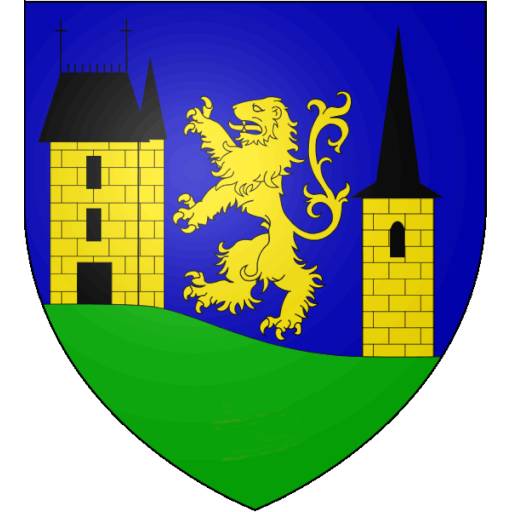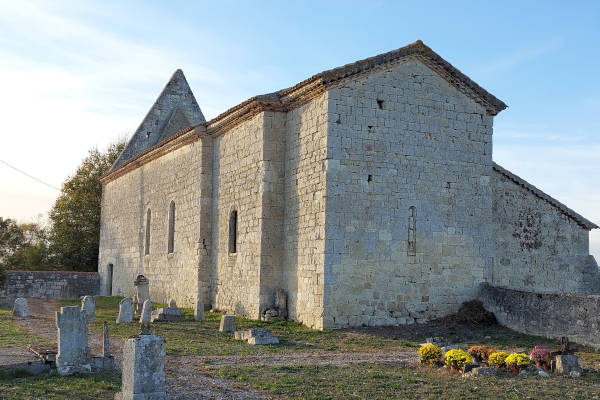The parish was a dependency of the Cauzac priory. In 1253 the rights of the Saint Maurin abbey over Saint Sixte and its annexe, Gandaille, were recognised by Guillaume, bishop of Agen.
Come and immerse yourself in the 3D virtual visit of the church. An unforgettable experience! Launch the visit by clicking on the video Matterport.
The creation of this virtual tour was 100% financed by the Lot-et-Garonne 2022 Citizen’s Participatory Budget.
Saint Sixte church architecture
The church of Saint Sixte has a vaulted semi-circular choir which, according to G. Tholin, could date from the 11th century.
The plan of this church corresponds to numerous other churches in the Agenais; that is to say, small and not fully vaulted; and where the sanctuary, narrower than the nave, consists of an apse and a bay of the choir.
Saint Sixte is constructed of medium-sized stones of good quality, laid in regular courses. The chevet is square. The choir is barrel-vaulted. The triumphal arch rests on plain unsculpted supports. The single nave is simply panelled.
Two chapels have been built on the north side (the Gospel side) of the nave:
- the first, dedicated to Notre Dame, is a seigneurial chapel built in the 15th century. It has a ribbed vault. In this chapel we also find an old altar made of fine local stone. The chapel opens onto the bay through a semi-circular arch, beneath which, carved in relief, is an escutcheon depicting three cockerels.
- the second, dedicated to Saint Roch, and built in the 18th century to the south of the chevet, accommodated the brotherhood of Saint-Roch. In the 19th century the chapel was converted into a sacristy.
The wall belfry, pierced by an archway, forms a triangular gable above the western façade.


Traces of paintings and engravings can still be seen in the church.
Above the doorway arch three finely-incised stones form an interesting feature. The abbot Laffont reproduced them in his notes.
On the left, Pope St. Sixtus is depicted with the words Ora Pro Nobis (O.P.N), “pray for us”. Three popes, St. Sixtus I, St. Sixtus II and St. Sixtus III have been canonised.

